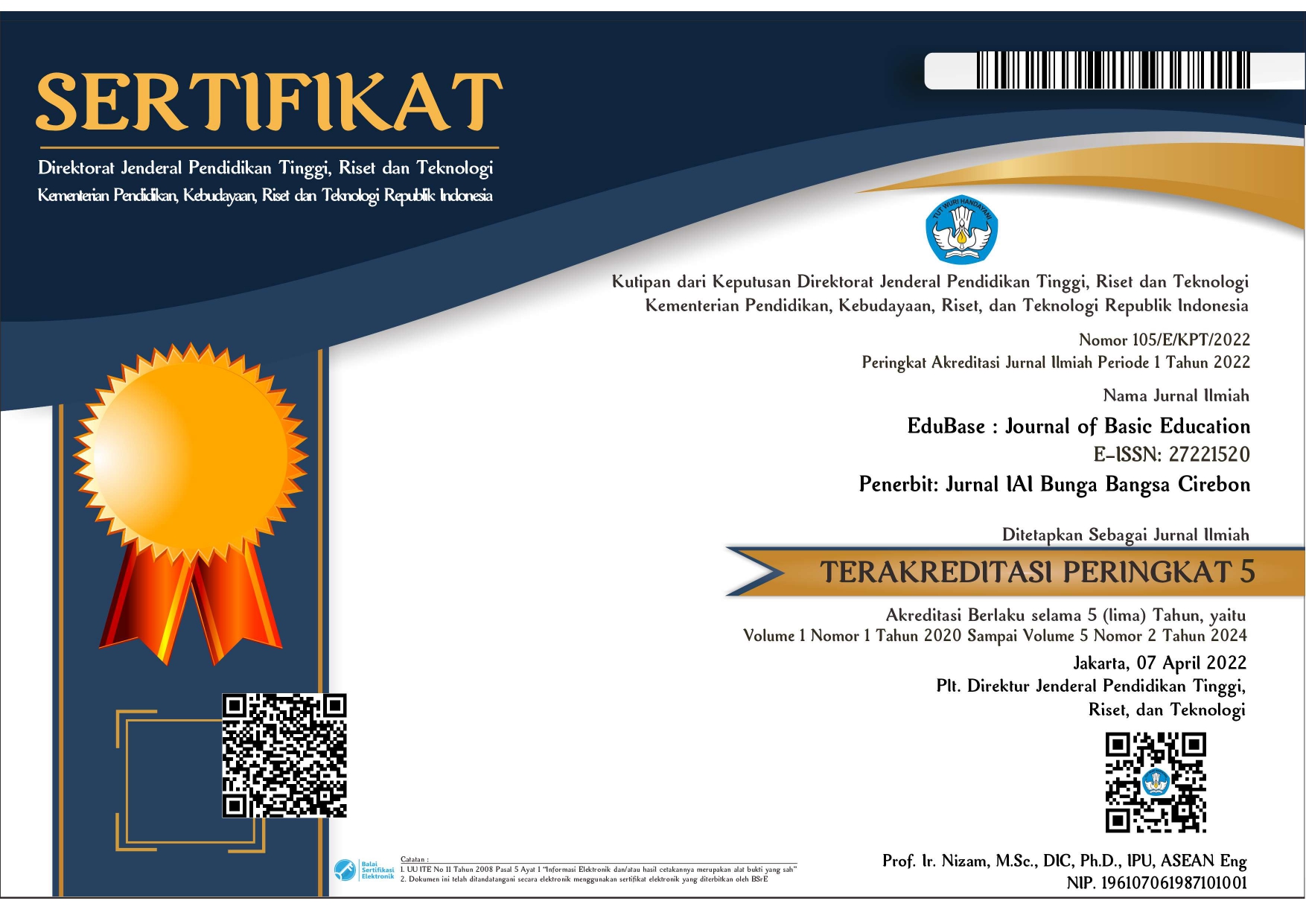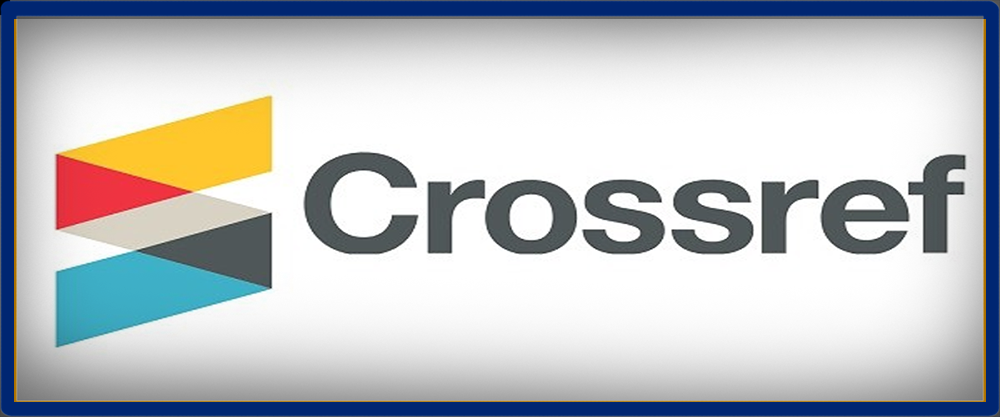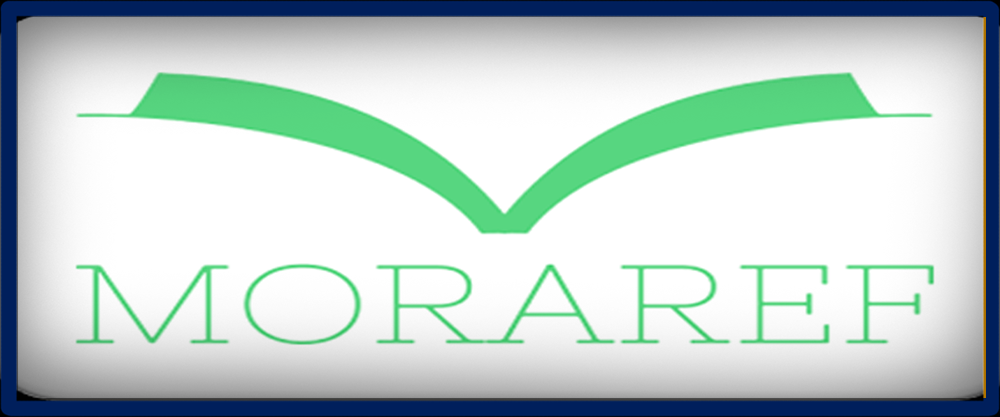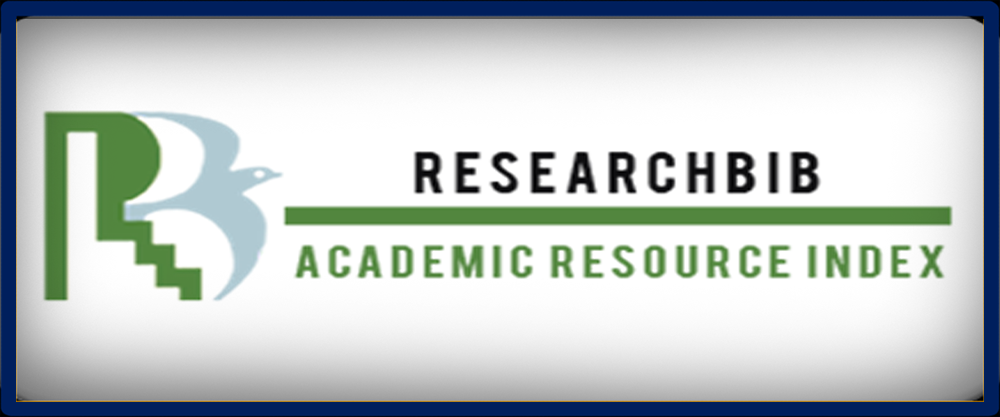AUTHOR GUIDELINES
GENERAL WRITER'S GUIDELINES
-
Templates for this article format were created in MS Word 2010, and then saved in doc or docx format. This article file template format can be downloaded on the edubase templates page.
-
This template allows article writers to compile articles according to the rules relatively quickly and precisely, especially for the needs of electronic articles uploaded to the Edubase Journal.Fill in the text using Times New Roman 11, regular, spacing 1.15, spaces before 0 pt, after 0 pt)
GUIDELINES FOR MAKING TEXT
1. Article title
-
Article Title, About 7-20 Words, Describing Research That Has Been Done, Times New Roman 14, Bold, space 1
2. Abstract
-
Abstract consists of 150-300 words, contains a brief description of the problem and research objectives, methods used, and research results. Abstract emphasis is mainly on research results. Abstracts are written in Indonesian and English. Abstract typing is done one space with a margin that is narrower than the main right and left margins. Keywords that need to be included to describe the problem area under study and the main terms that underlie the implementation of the research. Keywords can be single words or a combination of words. Number of keywords 2-5 words. These key words are necessary for computerization. Searching for research titles and abstracts is made easier with these key words
3. Introduction
-
The introductory section mainly contains: (1) research problems; (2) planning and planning problems; (3) formulation of research objectives; (4) summary of theoretical studies related to the problem under study. The occasional section contains expectations about the results and benefits of the research. The introductory section is about 2-3 pages long and is typed in 1.15 (or according to the scientific journal where the article is published). For articles published in the Edubase Journal, the detailed article format rules follow the article format provisions in the Edubase Journal. The format of the articles in this Manual is the generally agreed format of the Edubase Journal, which is the style of the Edubase Journal.
4. Methodology
-
This chapter describes how the research was conducted. The main materials in this section are: (1) research design; (2) population and sample (research target); (3) techniques for improving data and developing instruments; (4) and data analysis techniques. For research using tools and materials, the specifications of the tools and materials need to be written. Tool specifications describe the sophistication of the tools used. Material specifications describe the type of material used.
For qualitative research such as classroom action, ethnography, phenomenology, case studies, and others, it is necessary to increase the presence of researchers, research subjects, helpful informants along with ways to change research data, location and length of research and descriptions. check the validity of the results. research.
It's best to avoid setting "sub-headings" in this section. However, if you can't avoid it, you can see how to say it in the "Results and Discussions" section.
5. Results and Improvements
-
This section is the main section of the research article and is usually the longest section of the article. The research results presented in this section are “clean†results. Data analysis processes such as statistical calculations and testing processes are unacceptable. Only analysis and test results need to be reported. Tables and graphs can be used to clarify the presentation of research results orally. Tables and charts should be commented on or discussed.
For qualitative research, the results section contains detailed sections in the form of subtopics that are directly related to the focus and category of the study.
The discussion in this article aims to: (1) answer the problem formulation and research questions; (2) shows how the findings were obtained; (3) interpret / interpret findings; (4) linking the research findings with an established knowledge structure; and (5) rejecting new or existing theories.
In answering the formulation of problems and questions, the research results must be presented explicitly. The interpretation of the findings is carried out using existing logic and theories. Findings in the form of facts in the field are integrated / controlled with the results of previous research or with existing theories. For this purpose there must be a reference. In the new theory, the old theory can be confirmed or rejected, some may need to acknowledge the old theory.
In an article, sometimes organizing is the inevitable result of research into "child subtitles." Here's how to write an organizational format, which shows how to write certain things that can't be separated from an article.
6. Conclusion
-
Conclusion provides a summary of the description of the results and discussion, referring to the research objectives. Based on these two things, new ideas are developed which are the essence of the research findings.
7. Reference
-
Bibliography is a list of papers that the author reads in preparing his article and is then used as a reference. In scientific articles, Bibliography must exist as a complement to references and reference sources. Bibliography writing follows the rules in this guideline. Bibliography is written using automatic citation applications (mendeley) style APA.
8. Figures and Tables
- Place table labels above the table, while image labels are at the bottom of the table. Write specific tables specifically, for example
Tabel 1. when referring to a table.
-
Examples of image captions are as follows:
Figure 1. An example of an image caption
9. Quotations and References
-
One of the characteristics of scientific articles is to present the ideas of others to strengthen and enrich the ideas of the author. Ideas that have been previously expressed by others are referred to (referred to), and the reference sources are included in the Bibliography.
-
Bibliography must be complete and in accordance with the references presented in the body of the article. This means that the sources written in the Bibliography are actually referenced in the body of the article. Conversely, all references that have been mentioned in the article must be listed in the Bibliography. To show the quality of scientific articles, the list included in the Bibliography must be quite a lot. Bibliography is arranged alphabetically and the way it is written is adjusted to the rules specified in the journal. The rules for writing quotes, references, and bibliography follow this manual
-
The presentation of other people's ideas in the article is done indirectly. The ideas that are quoted are not written like the original text, but are made a summary or conclusion. For example, state that the notion of management is a typical process consisting of several actions; planning, organizing, mobilizing, and supervising. All of this is done to determine and achieve targets or targets to be achieved by utilizing all resources, including human resources and other resources.
-
Reference is the mention of the source of the idea written in the text as (1) acknowledgment to the owner of the idea that the author has made "borrowing" not plagiarism, and (2) notification to the reader who and where the idea was taken. Reference contains the name of the author whose opinion was cited, the year the source of the information was written, and / without the page number where the information referred to was taken. Author name used in the reference only last name. Reference can be written in the middle of a sentence or at the end of a quote sentence.
-
The references are written and separated from the quoted sentence by opening and closing brackets (check the examples below). The references written in the middle of the sentence are separated by the word that precedes it and the word that follows it with a distance. The reference written at the end of the sentence is separated from the last word of the quote sentence by being spaced, but not separated by a period. Author name and year of publication separated by a comma (,) refers to American Psycological Association (APA) 6th/7th edition reference style writing using the Mendeley application.
SUBMISSION PREPARATION CHECKLIST
-
Softcopy manuscripts are sent no later than 1 month before publication, by sending through the address of the Edubase Journal or sent by email: Email: [email protected] After sending the article, it is expected to confirm with the editorial team at contact number: 085244394875 (Sofyan Mustoip)
-
The Manuscript has not been published or is not in the process of submission for publication to other media and does not contain elements of plagiarism, and enclosing written statement from the author.
-
The Manuscript is written in Indonesian or English using Template of Edubase: Journal of Basic Education
-
The length of the Manuscript is at least 3000 words (about 5 Pages) and does not exceed 15.000 words (approximately 25 pages) including drawings, graphs / tables (if any) and bibliography. The Manuscript should enclose the abstracts in English and Indonesian. The paper is submitted in Ms. Word.

























